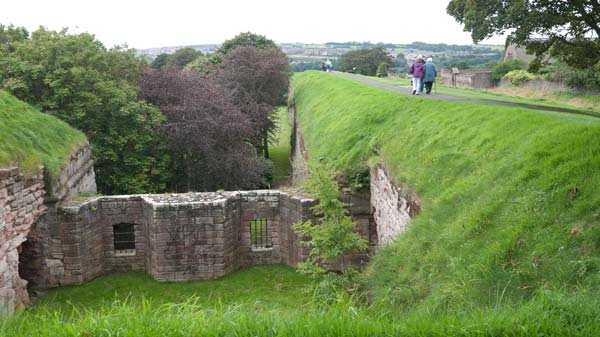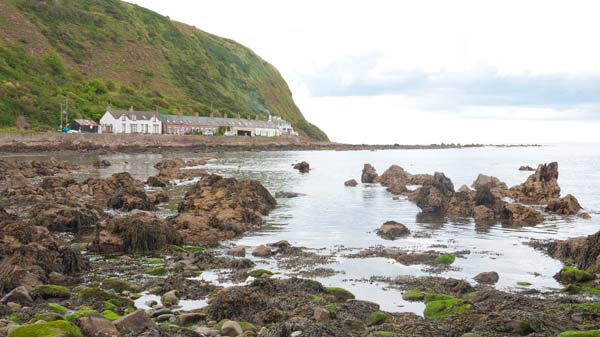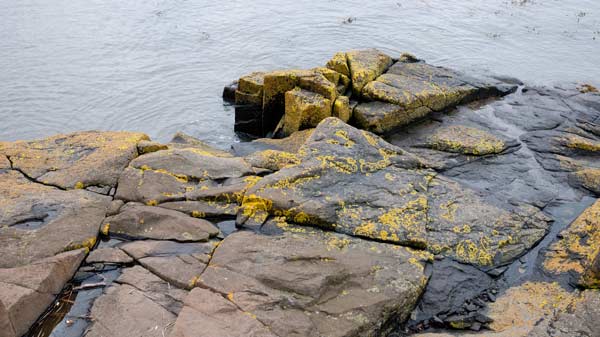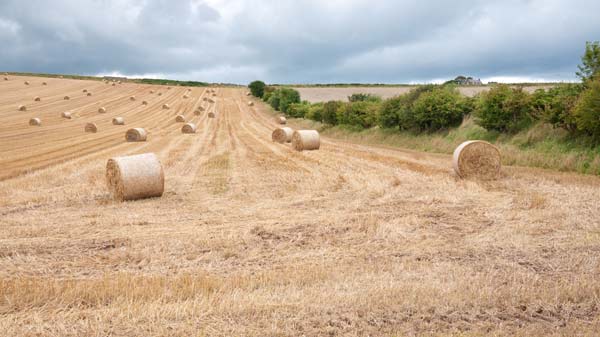
Heading north, Berwick Upon Tweed is the last English town before the border with Scotland.
The town is just three miles from the Scottish border and a few hundred yards from the North Sea. On its seaward side there are these high earth ramparts built in the late 1500s, during the reigns of Mary I and Elizabeth I.
The ramparts are sheer, as tall as a tree and fifty feet wide, and were designed to protect the town from an invasion by Scotland.
The people you can see in the photograph above are walking along the top of the ramparts and the sea is to the left out of the frame.
![]()
The invasion never came. If it had, then fires lit in iron baskets like this one would have warned of the approach of the invasion fleet.
Meanwhile, On The South Coast Of England
It was beacons like this along the south coast of England that warned of the approach of the Spanish Armada in 1588.
The scene was set with the Spanish invasion fleet anchored off the Dutch coast, ready to sail across the North Sea. However, the English didn’t wait for the invasion but instead sent fire ships among the Spanish galleons.
The Armada escaped north along the east coast of England and managed to sail around Scotland. But the heavy galleons of the Spanish fleet were blown off course by a storm, and many ships were wrecked off the coast of Ireland.
And that was the end of Spanish invasion plans in the undeclared Anglo-Spanish War that dragged on until 1604.
So it is interesting to think that the Armada would have sailed past the ramparts of Berwick Upon Tweed in 1588 as it attempted to regroup.
The Scottish Coast Road
Continuing north from the border with England, the main road runs along near the coast towards Edinburgh.
From time to time the sea can be seen from the main road, but there is another much smaller road even nearer the coast that is worth the detour.
It runs past the villages of Burnouth, Eyemouth, St. Abbs, and others. Each village has a harbour reached down steep side roads, with the sounds of fishermen calling to one another as they work on their tiny boats.
Looking out to sea it really does feel a world away from the south of England, with the hills behind and the lichen-encrusted rocks adding splashes of color.


The Fields Behind
At this time of year in the rolling fields near the coast, the wheat straw is bundled in these huge circular bales that have become the new visual poetry of the agricultural landscape.
